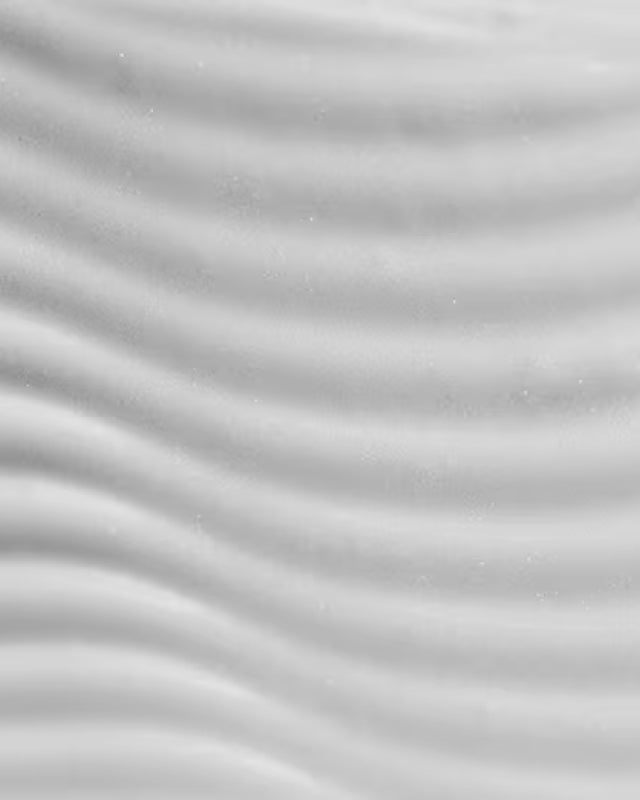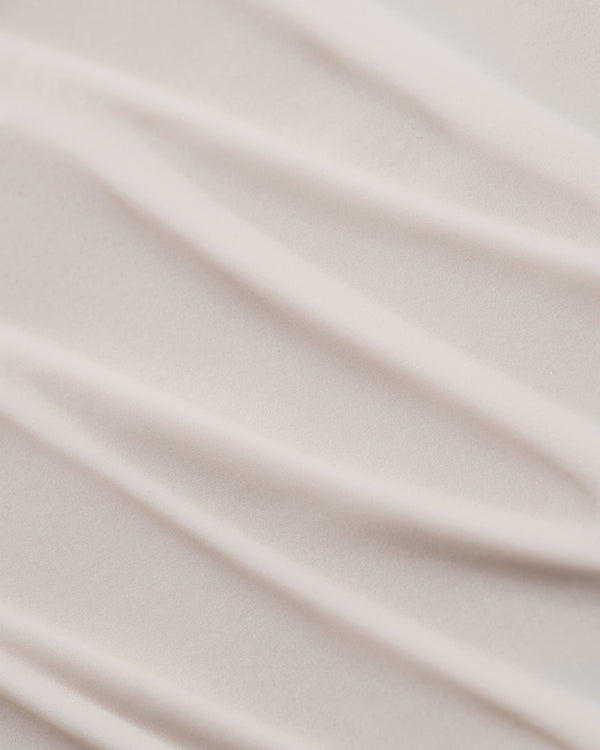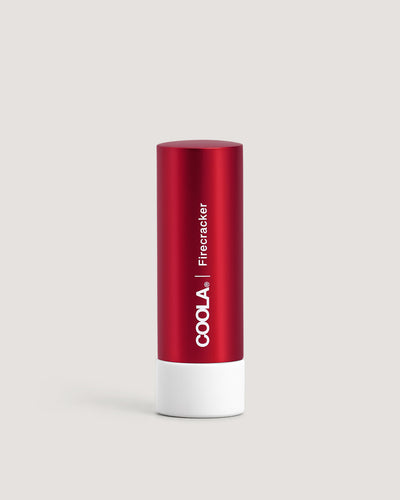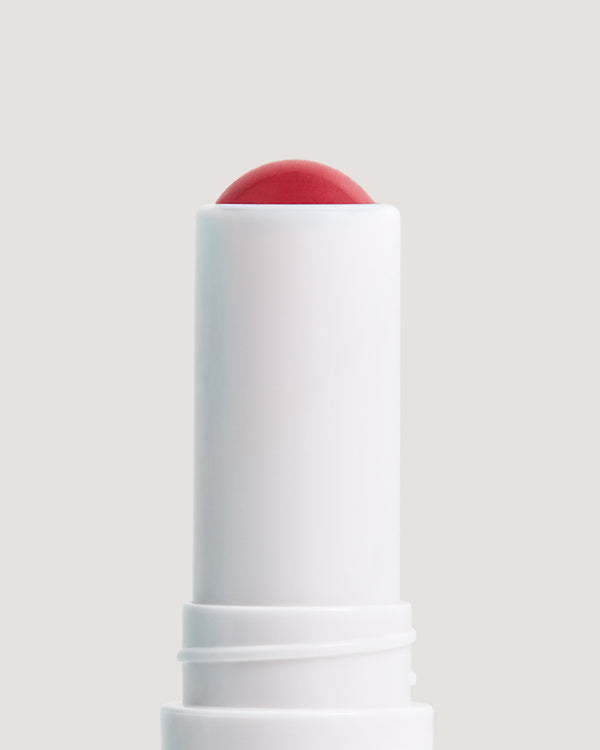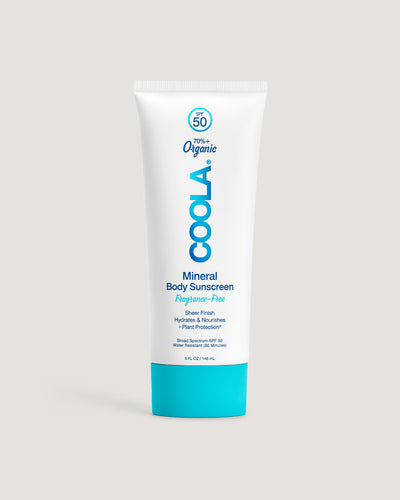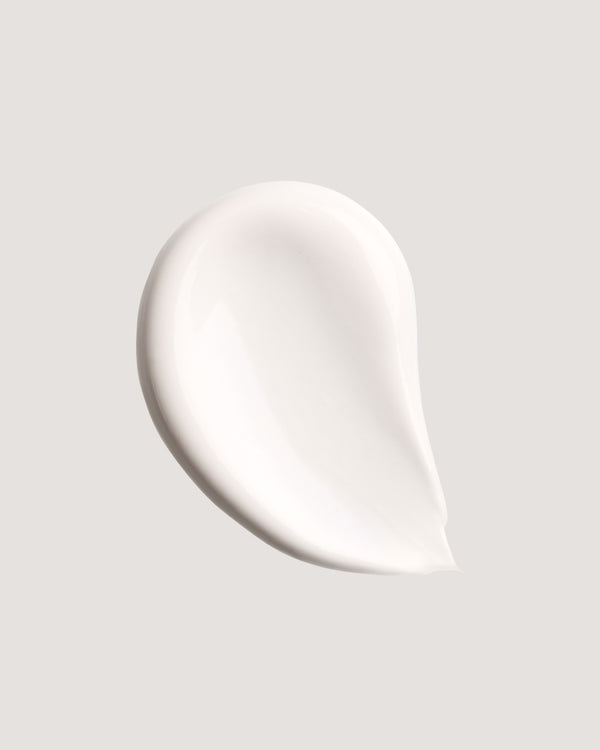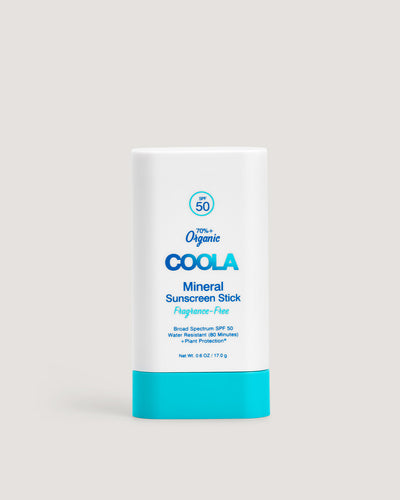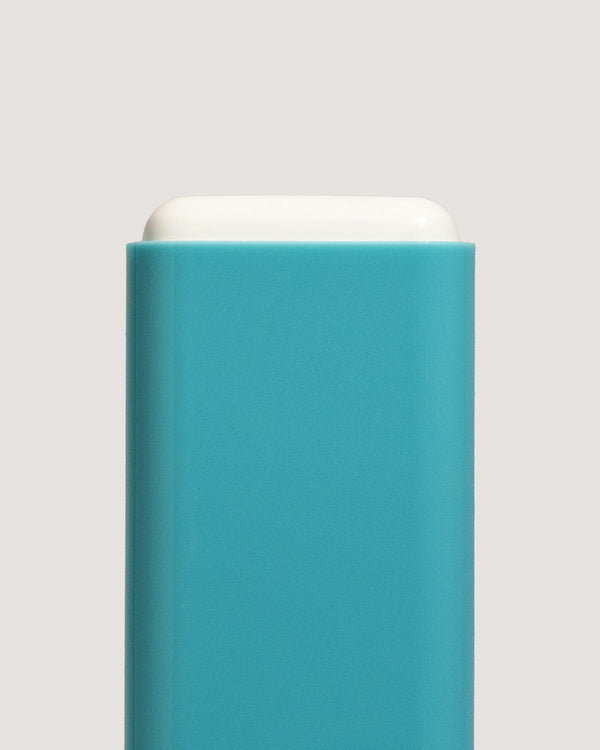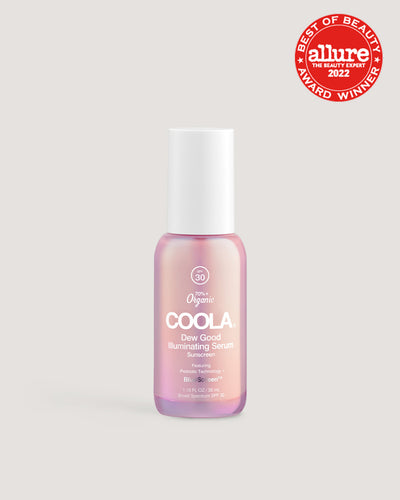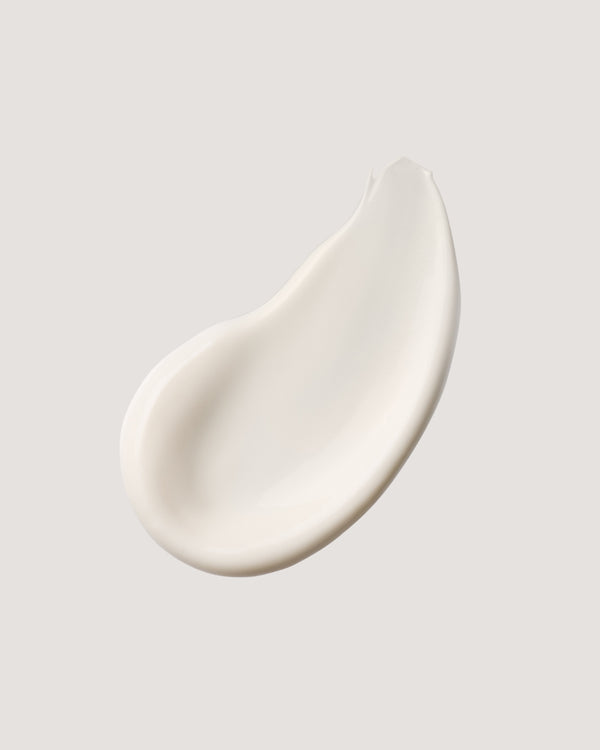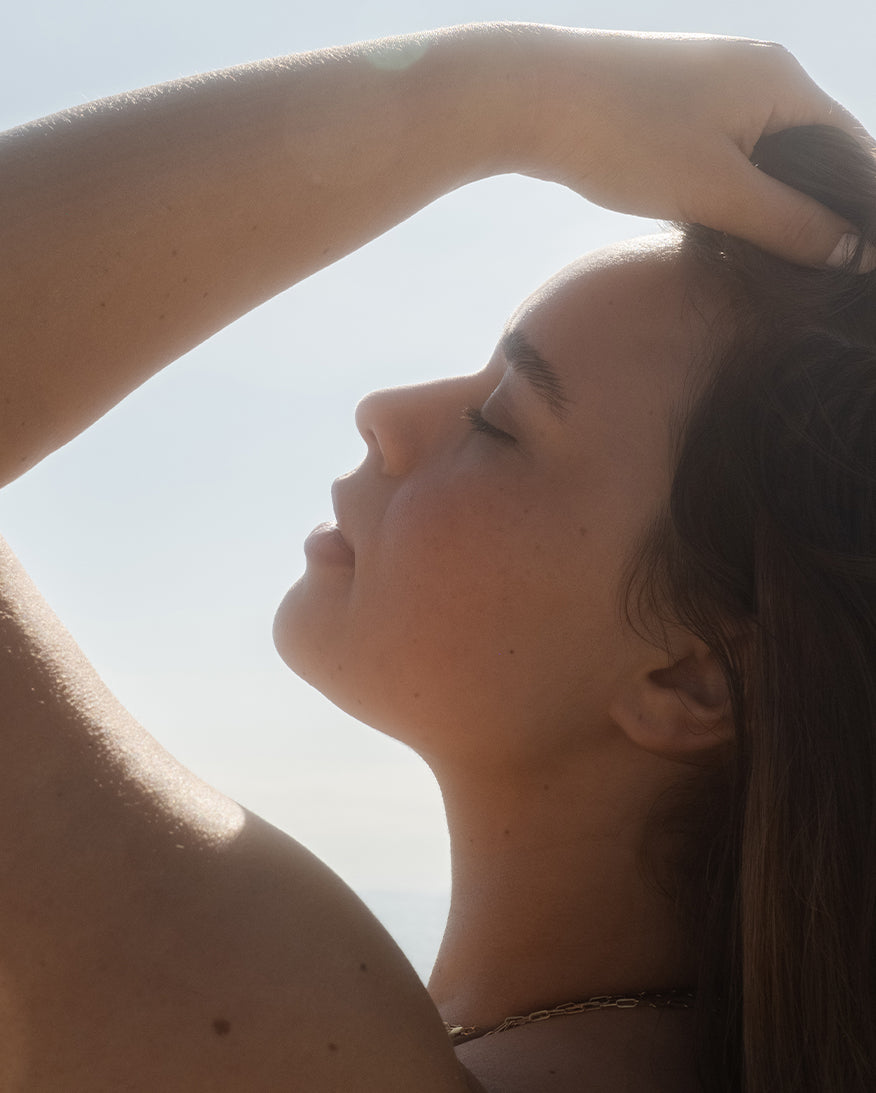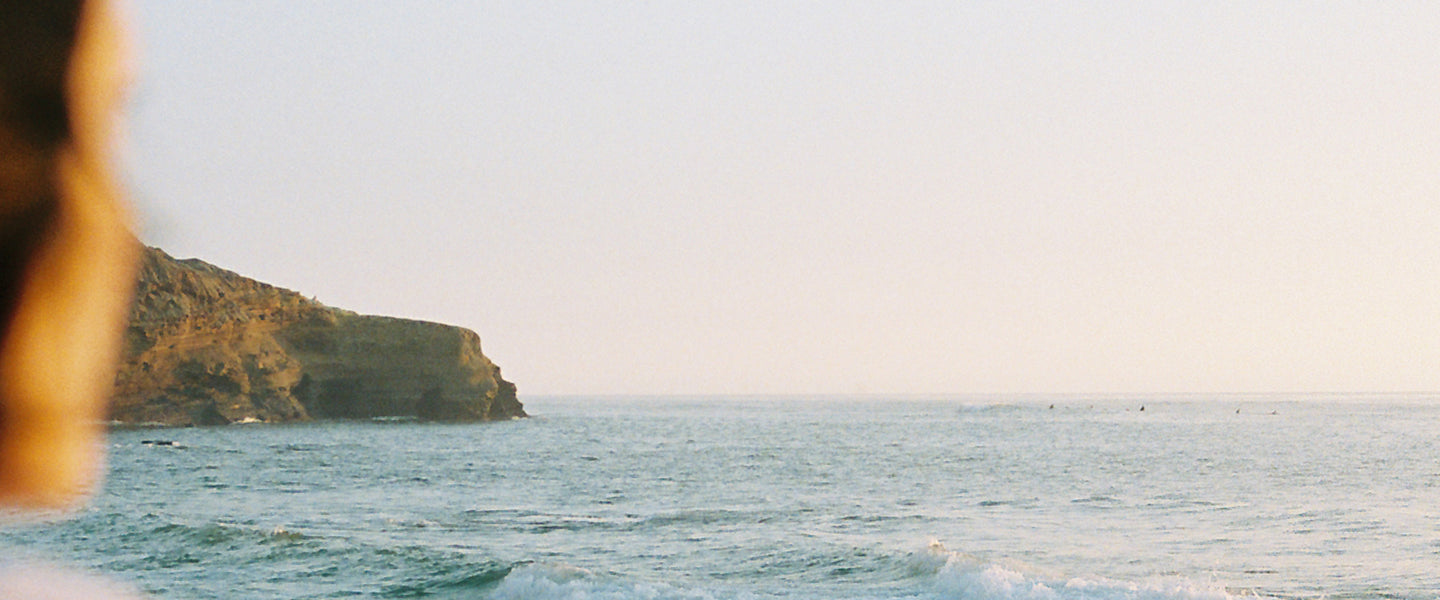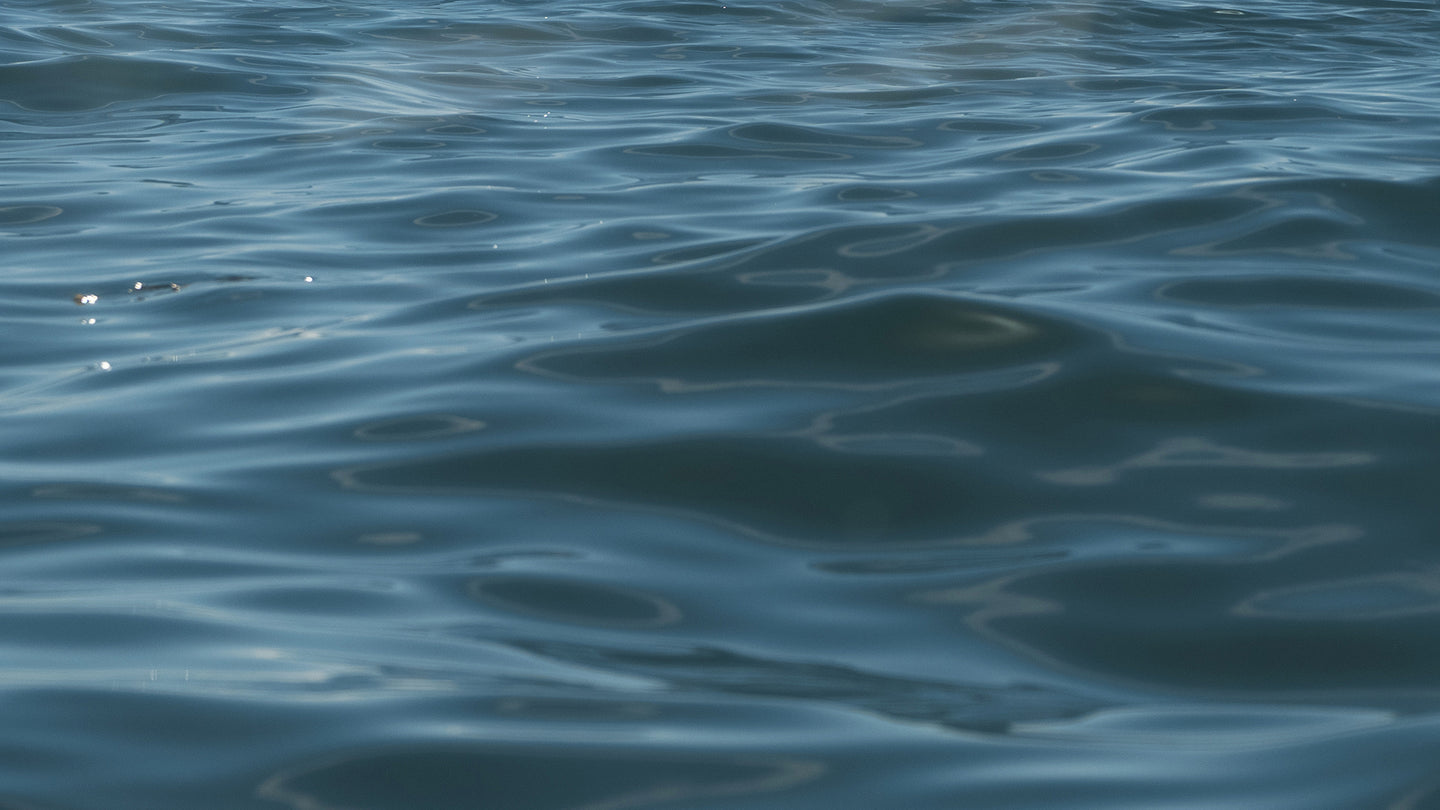

CONSIDERING OUR EARTH
Hawai'i Act 104 Compliant
At COOLA, we’re committed to creating sun protection that’s as safe for the ocean as it is for your skin. That’s why all of our sunscreens are Hawai’i Act 104 reef-compliant and made without Oxybenzone or Octinoxate, two ingredients banned in Hawai’i for their potential harm to coral reefs and marine life.

Mineral Sunscreens
COOLA’s mineral sunscreens use active mineral filters like Zinc Oxide and Titanium Dioxide to create a physical barrier that sits on the skin’s surface and reflects harmful UV rays. These broad-spectrum formulas are enhanced with our proprietary technology for a lightweight, sheer finish that blends effortlessly.
Ideal for sensitive or acne-prone skin, our mineral SPF delivers strong sun protection without irritation, making it a go-to for those who prefer a more natural sun care option.
Shop Mineral SunscreenIdeal for sensitive or acne-prone skin, our mineral SPF delivers strong sun protection without irritation, making it a go-to for those who prefer a more natural sun care option.

Chemical Sunscreens
Our chemical sunscreens feature FDA-approved active filters like Octocrylene and Avobenzone, paired with COOLA’s plant-derived innovation for elevated performance. These filters absorb into the skin and convert UV radiation into heat, offering effective and reliable protection.
Known for their weightless texture and 100% transparent finish, COOLA’s chemical SPFs are ideal for oily skin types and deeper skin tones, offering a smooth application that layers beautifully under makeup or skincare.
Shop Chemical SunscreenKnown for their weightless texture and 100% transparent finish, COOLA’s chemical SPFs are ideal for oily skin types and deeper skin tones, offering a smooth application that layers beautifully under makeup or skincare.


